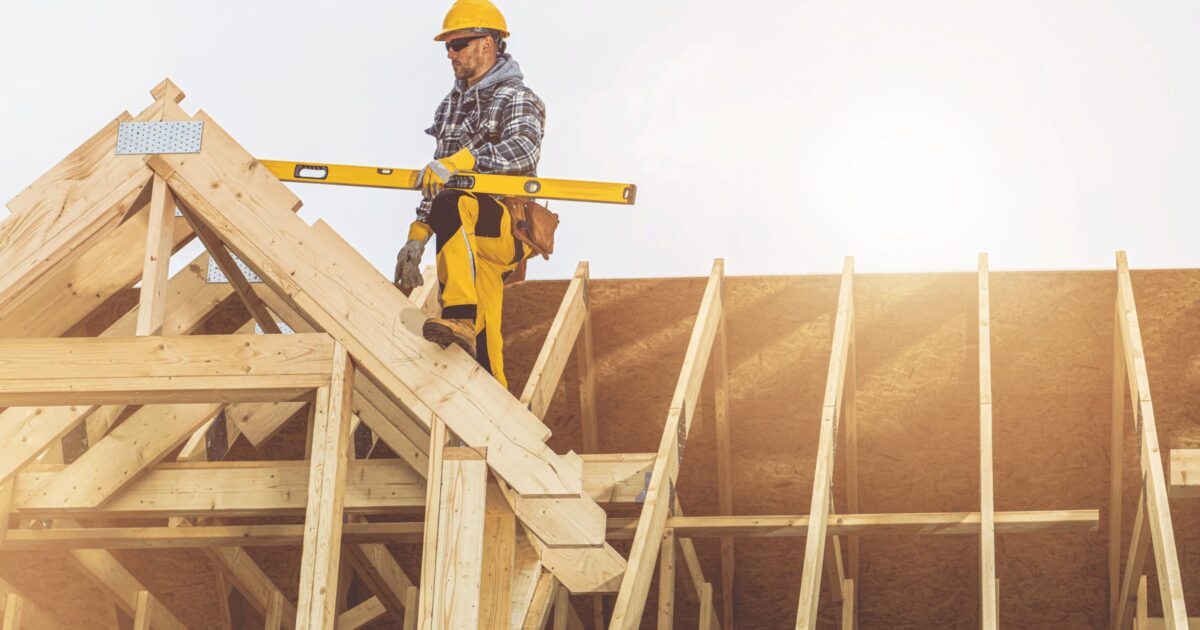As San Jose grapples with declining home building permits, one sector remains resilient: accessory dwelling units, also known as ADUs.
Thanks to a series of state laws passed several years ago, homeowners now have more control over what they can do with their property, and that includes building ADUs. Once considered a niche housing option, ADUs have become a vital part of the city’s residential growth strategy. A combination of state housing reforms and local incentives has helped homeowners take the lead in producing new units. Unlike most housing projects, ADUs are built on existing land and, in some cases, are insulated from city fees.
San Jose has openly embraced ADU production. This year, the city has issued permits for more than 400 ADUs. Most of these units are under 700 square feet. The city has also created an interactive dashboard to show progress. To assist homeowners, the city’s website provides numerous resources, including pre-approved ADU designs and recommended vendors. Some projects can even receive same-day permitting.
Recent legislation is also opening new doors for affordability. Assembly Bill 1033, passed in 2023, lets homeowners sell ADUs separately. This move could expand homeownership opportunities in one of the nation’s most expensive markets. San Jose was among the first cities to embrace this law and create an ordinance to streamline the process. In August, AlphaX RE Capital became the first project approved.
“San Jose is creating housing affordability and ownership by thinking differently,” Mayor Matt Mahan said in a statement. “ADUs are affordable by design and growing in popularity across the state. Now they can offer the most accessible form of home ownership, too. We are offering a proof of concept for California and hope other cities follow San Jose’s lead.”
Building an ADU for sale requires additional preparation. Homeowners must separate utilities and work with professionals to “condoize” the property. This means converting it into a form that can be sold independently.
“With San Jose leading the way under AB 1033, we can offer homeownership at more attainable prices, giving families the chance to build equity and stability,” Stephanie Yi, founder and CEO of AlphaX RE Capital, said in a statement.
Until recently, funding the construction of an ADU was challenging. Most banks and credit unions are not set up to finance ADU projects. Lenders usually rely on comparable sales to determine a property’s value after the ADU is built. Since ADUs are relatively new, there is less sales data to use. However, some new lending products are available.
For example, Meriwest Credit Union’s Home Fast ADU loan requires interest-only payments for the first 12 months. This aids the homeowner during construction by lowering payments. The rate then locks for the next 24 years, with principal and interest payments. Hopefully, other lenders will follow with creative products to fund the growing interest in ADUs.
While ADUs have gained popularity, they aren’t suitable for every property. Factors such as lot size, layout, access and utility capacity can limit feasibility. Be sure to consult with licensed designers, contractors and real estate professionals before committing to a project of this scope.
Lastly, adding an ADU generally increases the assessed value of your property. In return, prepare for higher property taxes, as well as the potential for rental income or increased flexibility.
San José Spotlight columnist Neil Collins is CEO of the Santa Clara County Association of Realtors, a trade association representing more than 6,000 real estate professionals in Santa Clara County and surrounding areas. Contact Neil at [email protected].

